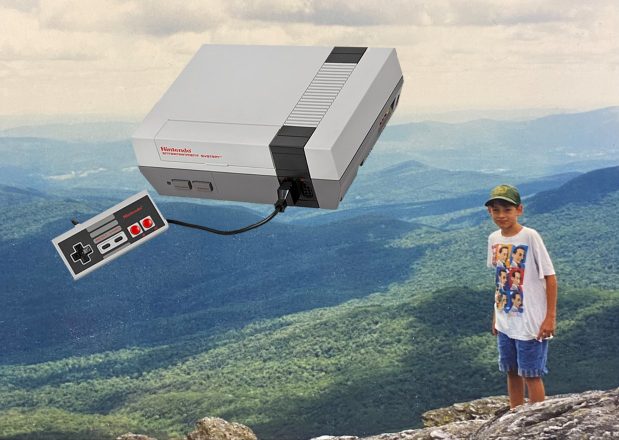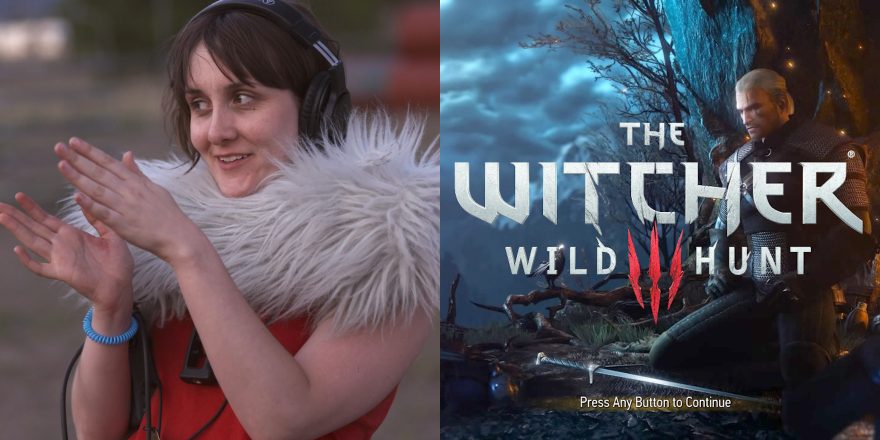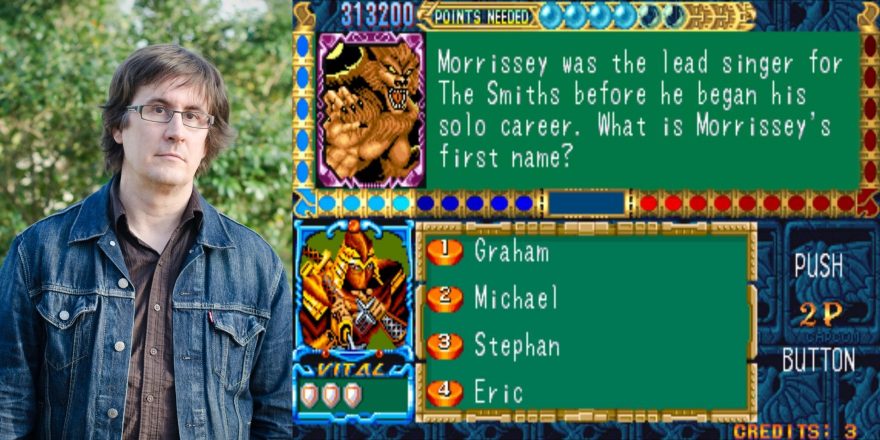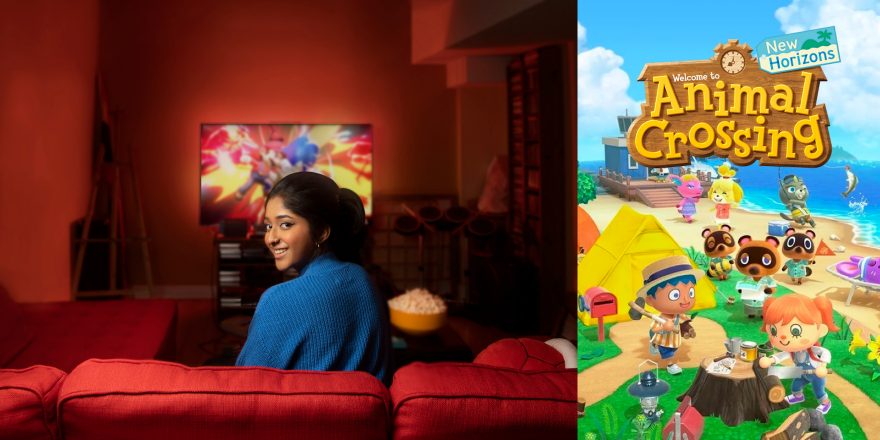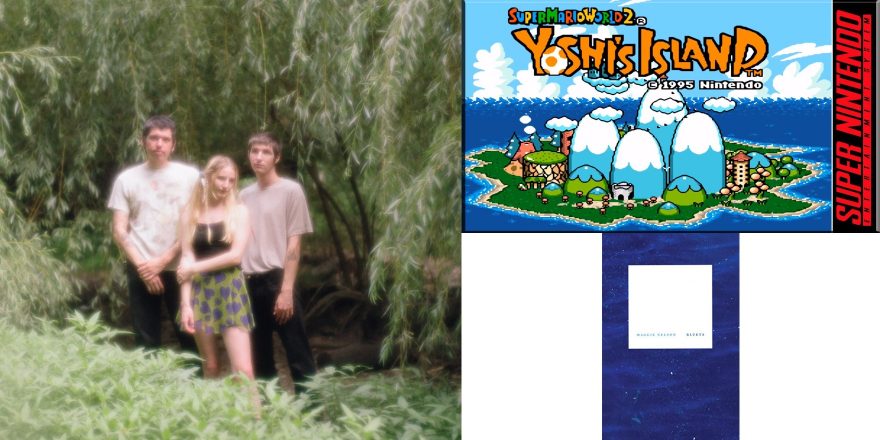On my seventh birthday, my grandmother gave me a Nintendo Entertainment System. I quickly fell in love. The first game I played was Super Mario Bros. The game was filled with secrets. If you jumped in the right spot, you might find a hidden mushroom. If you punched a certain brick, a beanstalk would grow and lead you towards heaven. If you slid down the right tube, you might be transported to a hidden underworld.
The exploration grew out of the cartridge, overtaking other parts of my childhood. At the cafeteria lunch table, my friends and I traded secrets of hidden warp zones and extra lives. We spent hours drawing new levels we’d like to see in the game and even mailed some to Nintendo Power magazine, hoping they would pass them along to the game designers. The games inspired us. Each cartridge was a magic portal into another universe.
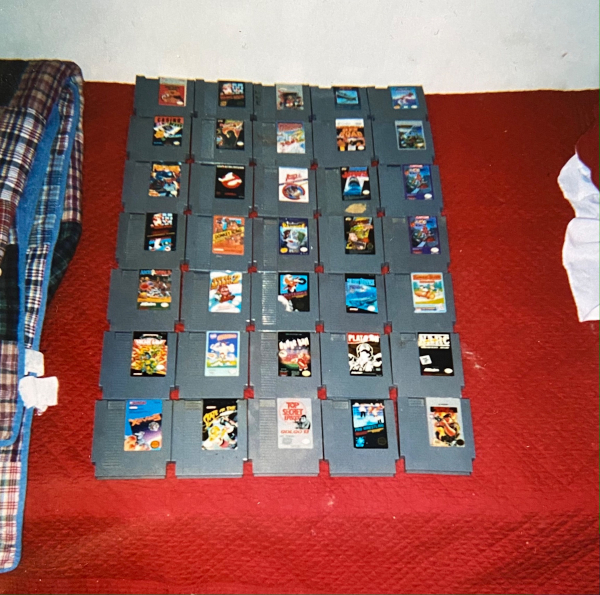
My parents split when I was young. My dad remarried and suddenly I had two stepbrothers. I loved having brothers, especially since we combined all our Nintendo games into one big collection. As our collection grew, so did the graphics of the games. The 8-bit Nintendo led to the 16-bit Super Nintendo which led to the Nintendo 64. The graphics ran parallel to our own growth. Eventually, we hooked up three old TVs in a row so we could play multiple games at once. We couldn’t get enough.
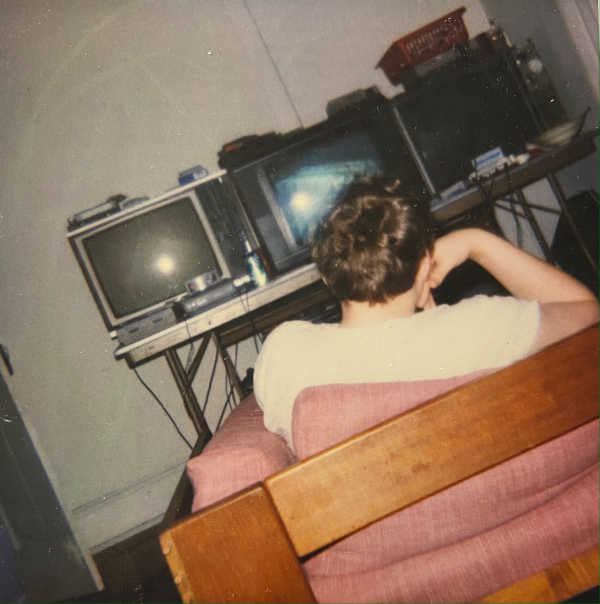
And then something else started to happen. We began playing music together – recording songs to a 4-track in the basement. We started making movies with the family camcorder typically reserved for vacations and holidays. Video games were still around, but they were now competing with music and movies for our free time. The games were also changing. New systems came out and the bit number wasn’t even discussed anymore. Was it 128-bit? 256-bit? What is the next multiple-bit? Did it even matter anymore?
The newer games with their realistic graphics didn’t excite me like the old games did. This was around the time I was leaving home for college. I was studying filmmaking and wasn’t playing video games like I used to. When I did, it was usually playing the older systems, the Nintendo or Super Nintendo. Something about the new games left less to my imagination.
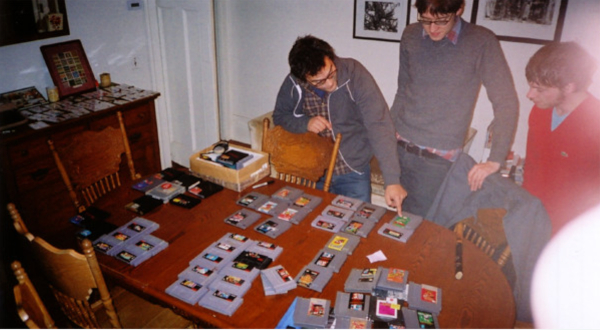
I found greater rewards in the friendships I developed at film school, and the rush I earned from creating art with these new collaborators. For many years, my relationship with video games was getting together for a wild weekend once a year and playing a Nintendo tournament with my brothers and friends. We played games like Super Bomberman 2, Mario Kart 64, Street Fighter 2, NBA Jam, and Tetris/Dr. Mario. We made a trophy out of an old Nintendo and Super Mario Bros. cartridge and the winner was immortalized by carving their name on it.
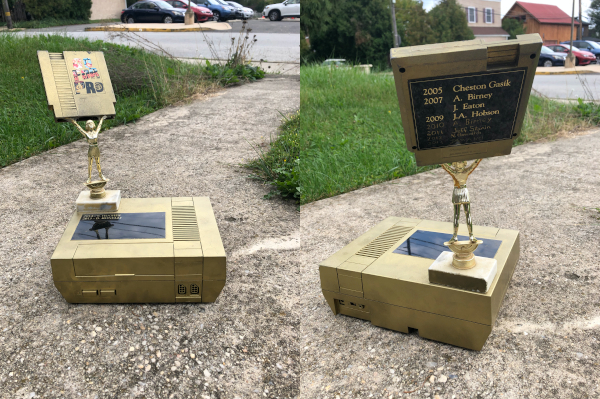
If you were raised in the ’90s, or even later, you may have a similar relationship with video games. You may find nostalgia in the old games of your youth, the way some people find nostalgia in the smell of a grandparent’s sweater. It’s a powerful sensation. I think, as I approach 40, leaning into that nostalgia has benefited me in a variety of ways.
Early in the pandemic, faced with being stuck at home for months, my girlfriend and I bought a Nintendo Switch. There was nothing in the real world we could safely explore, so we re-entered the virtual world. And so I found myself playing video games again – even new games! There were new Mario and Zelda games. They each paid homage to their 8-bit ancestors, and reignited a passion for exploration and discovery.
My brain was lighting up in ways it hadn’t in ages. Mario’s new adventures were not just nostalgic, they were riveting and beautiful. Link’s story was not just an adventure, there was a fully realized character that I connected with. These video games were achieving emotional pulls similar to the best albums, films and TV shows.
Since 2018, I’d been making an 8-bit animated web series called Tux and Fanny. I compiled the first 79 episodes into a feature film. Around the beginning of lockdown, I started making new episodes to compile into a second film. One particular episode, “Bovine Benefit,” felt like a video game and my brother Sam left this comment:

I could clearly see the connection between my animations and the classic 8-bit point-and-click games, like King’s Quest and Maniac Mansion, that we used to stumble through when we were young. Suddenly, the lines were blurring, the genres were melding, and my imagination was on fire. Tux and Fanny could exist in the same universe as Mario and Link.
I realized this desire to make games had been there ever since I was drawing Mario levels and mailing them off to Nintendo Power. Now, thanks to the internet, I could do something about this desire. I found myself casually posting a tweet about wanting to make a Tux and Fanny video game. Indie game developer Gabriel Koenig, of Ghost Time Games, responded. We had briefly met five years earlier in Vancouver when I was a touring musician. Gabriel and I set up a Zoom, caught up, and chatted about our shared love of the video games we played as children. We started making the game that very day.
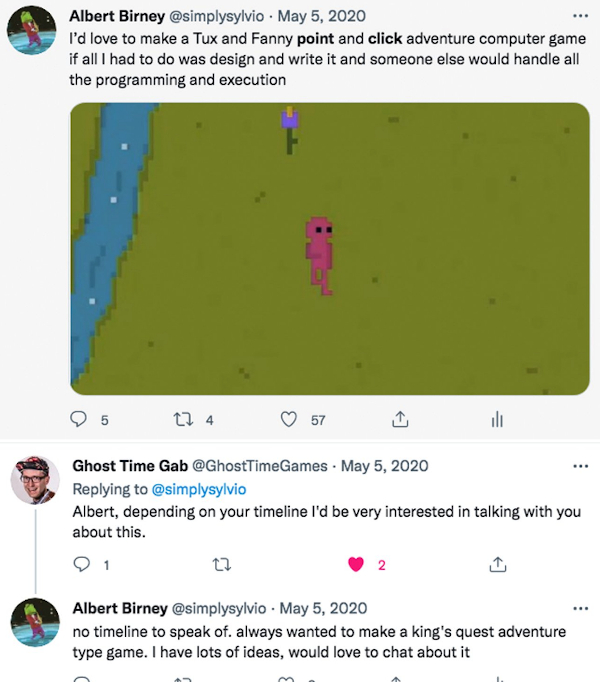
I didn’t have much of an idea of what the game would be. Just that I wanted it to feel fun to play, like the games I grew up playing, and that it would be a prequel to the Tux and Fanny movie. Gabriel and I sent files back and forth for 16 months. Him in Vancouver, me in Baltimore. I would write down my ideas in a document and send the artwork, and then he would put it all together with the same unknown mysticism that crafted the heroes of my youth. He’d send me demos to test out every week. I couldn’t believe I had somehow found an outlet to channel all my childhood game ideas into something you could actually play. It really was a collaboration similar to that of my bandmates and co-directors. I would come to him with strange requests and he would figure out how to implement them. Like when I asked him, “Can we put the entirety of Moby Dick on their in-game bookshelf?” He came back a day later with Moby Dick in the game.
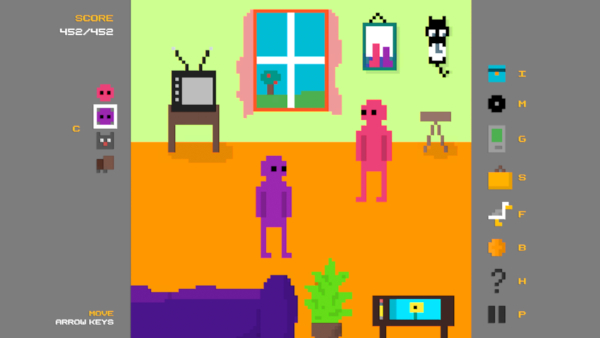
Making this game allowed me to play in a giant sandbox with all the things I love. Music, movies, poetry, nature, art, friendship, humor – all swimming together in a colorful 8-bit world. My hope is that if people play this game, it transports them to another place and time, but I also hope it inspires them, the same way those early games inspired me. I wonder what the seven-year-old me would think if I told him he would someday make a video game that would be playable on a Nintendo system. I think he’d probably just smile and then go back to playing Super Mario Bros., racing to find that beautiful mystery that lay just beyond the edge of the screen.


